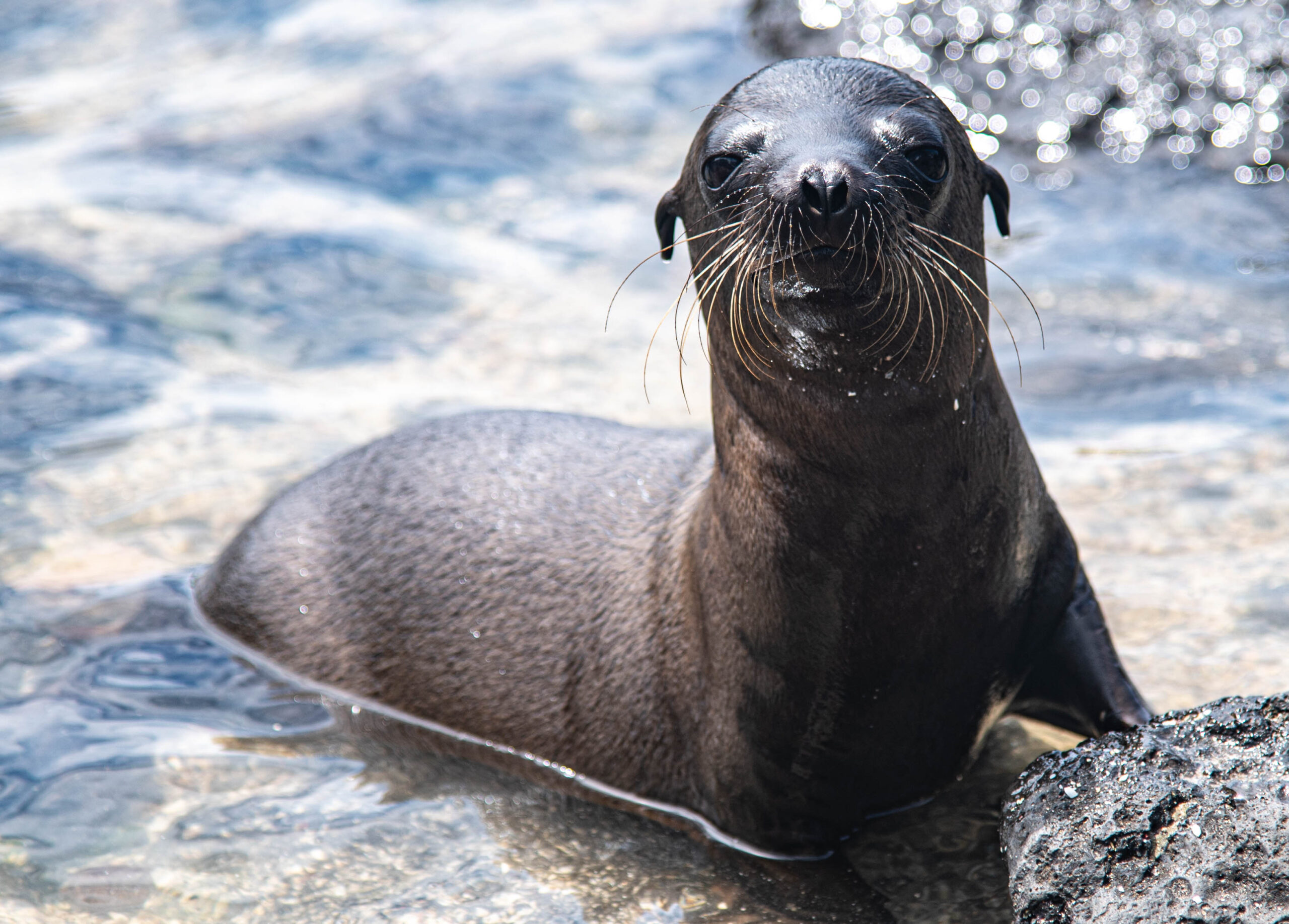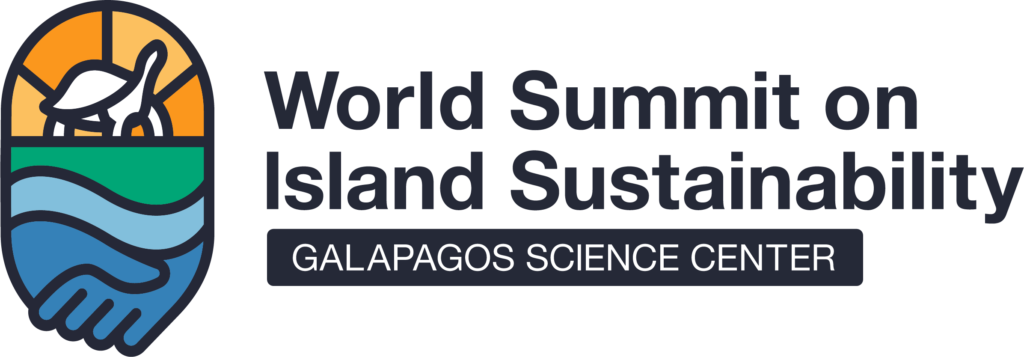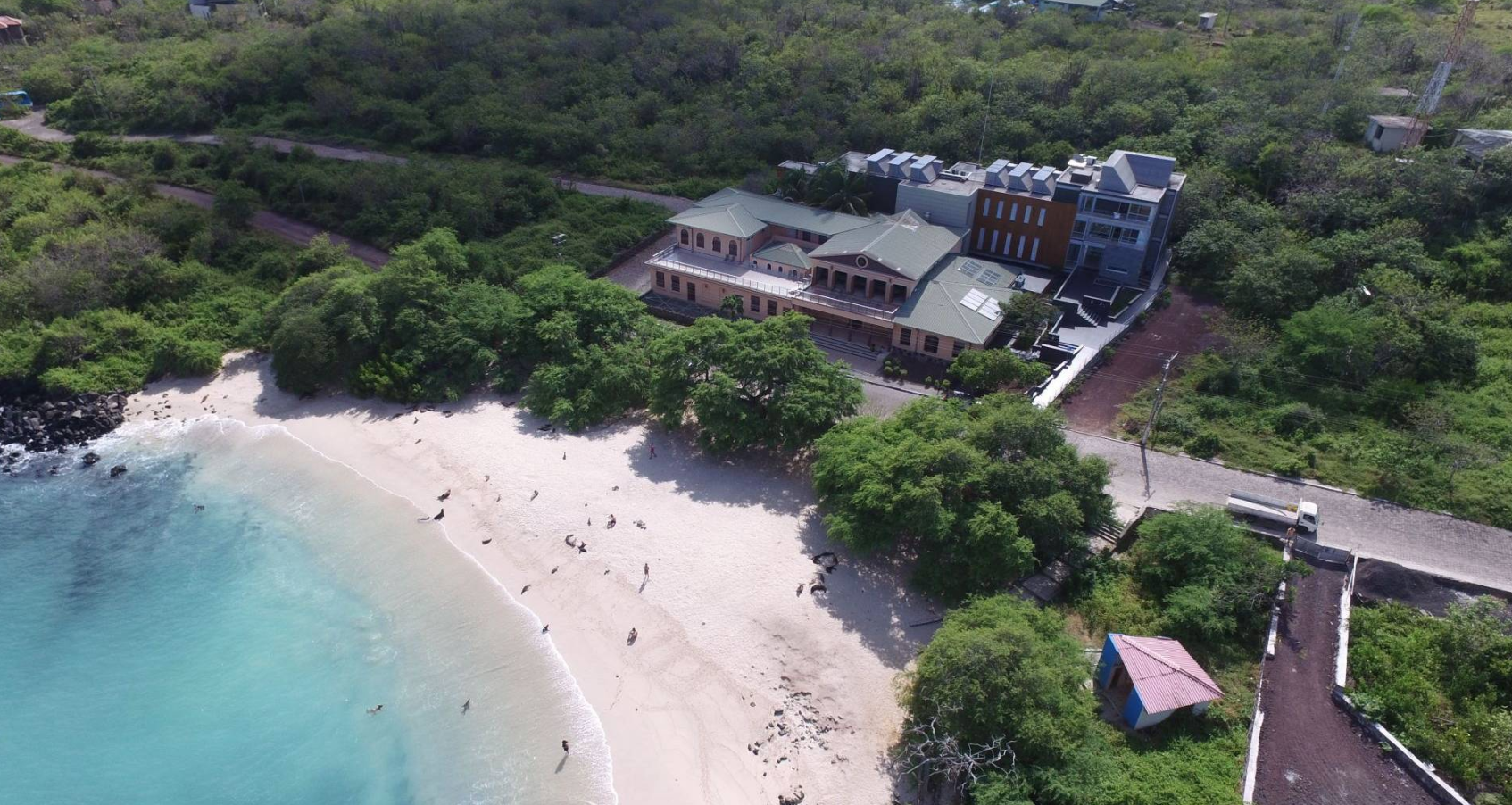Island radiations can provide key insights for understanding rapid speciation (formation of new, distinct species), including evolutionary patterns and the processes behind them.
However, lack of resolution of species relationships has historically hindered their investigation, particularly in the plant kingdom.
“This study constitutes the first analysis on the evolutionary processes that have given rise to the diversification (speciation) of this endemic and emblematic genus of the Galapagos Islands” concludes Juan E. Guevara, researcher and professor at the University of the Americas who participated and collaborated with the investigation.
The work presents a time-calibrated phylogenomic analysis based on genotying-by-sequencing data of the 15 species of Scalesia (Darwin’s giant daisies), an iconic and understudied plant radiation endemic to the Galapagos Islands and considered the plant counterpart to Darwin’s finches.

Gonzalo Rivas-Torres, researcher at the San Francisco University of Quito (USFQ), coordinator of this long-term project, emphasizes that, the results of this study are important to understand how invasive species, climate change and human activity in Galapagos may impact unique groups species on those islands. Knowing the evolutionary relationships of Scalesia is a first step to understand, relevant aspects of its ecology giving insights on how to improve the management and conservation measures of these species, which are only recorded in Ecuador, at the Galápagos archipelago” says Rivas-Torres.
The results determined that while Scalesia‘s ancestor colonized the islands just over 2.5 million years ago, the group began to diversify approximately 500,000 years ago. This recent speciation or radiation event is critical in terms of understanding the possible adaptations of Scalesia species to environmental conditions in the Gálapagos and the possible impacts of future changes in the islands’ climate.
Finally, Rivas-Torres also highlighted the importance of joint cooperation with the Galapagos National Park Directorate to obtain these results. The data collected here are very useful for the management performed by the Galapagos National Park, since they could lead monitoring, management or reintroduction programs of species if necessary.






